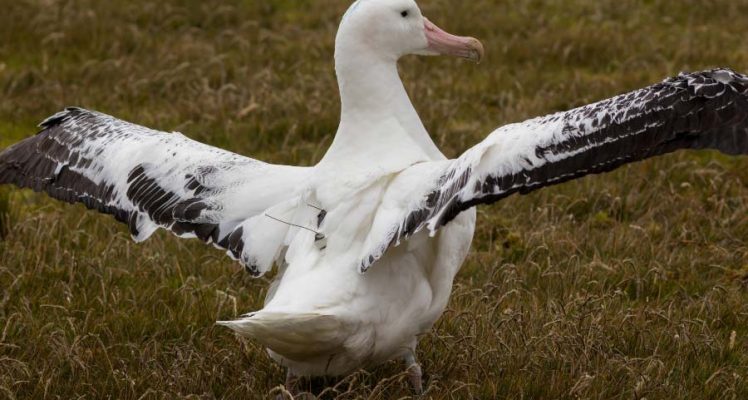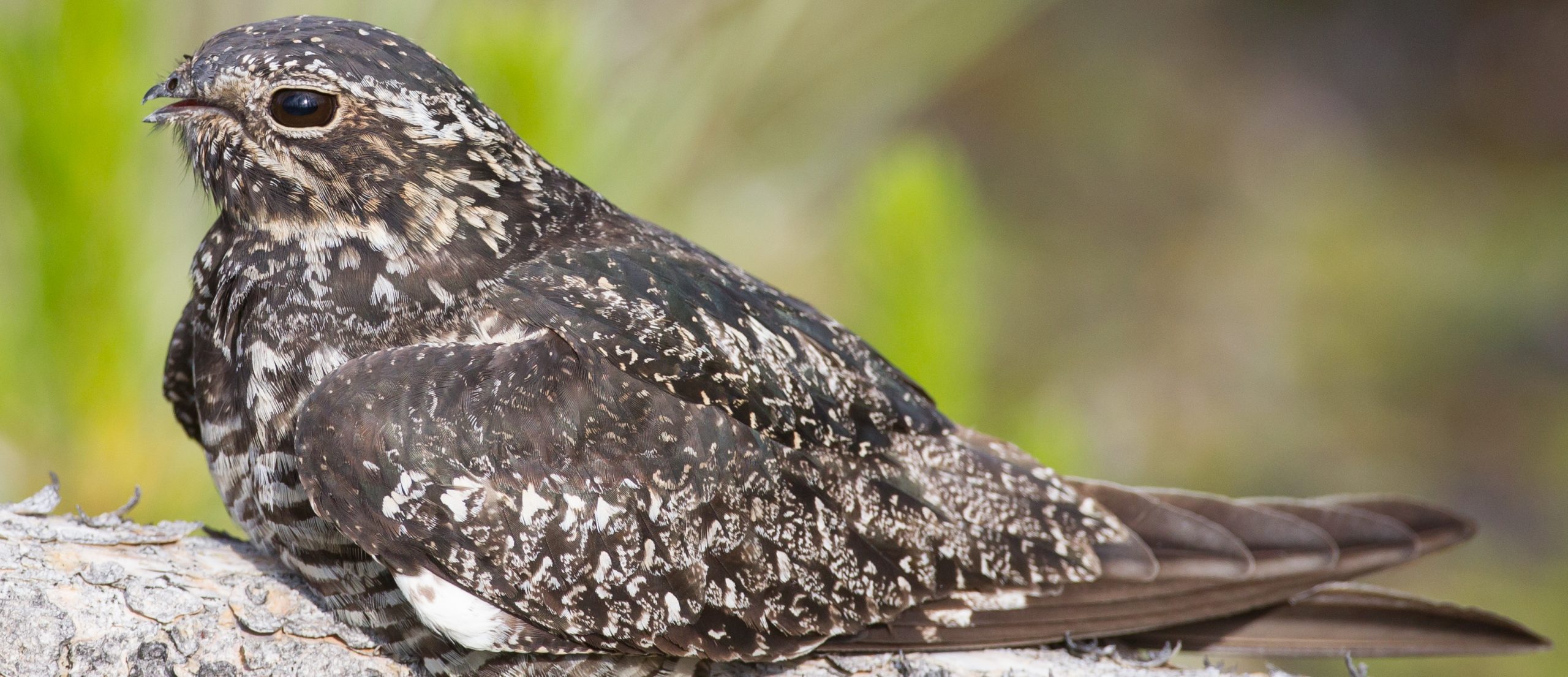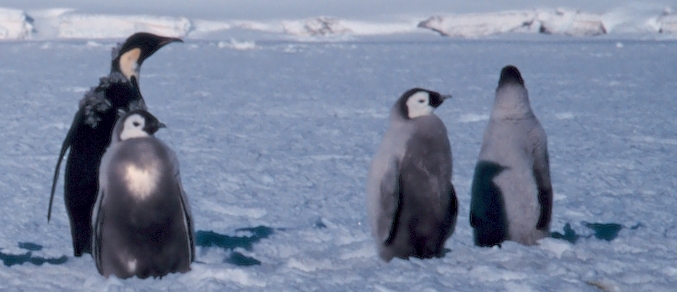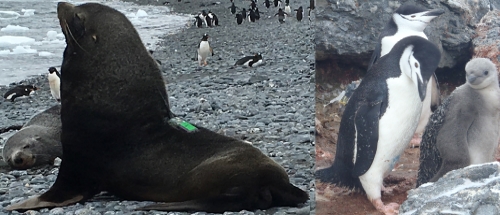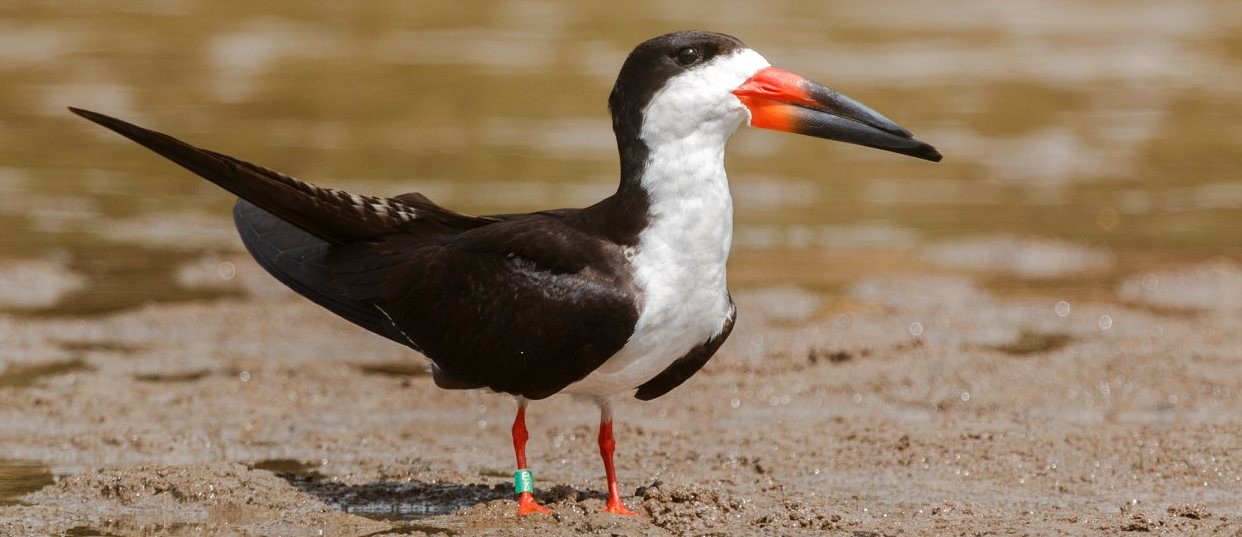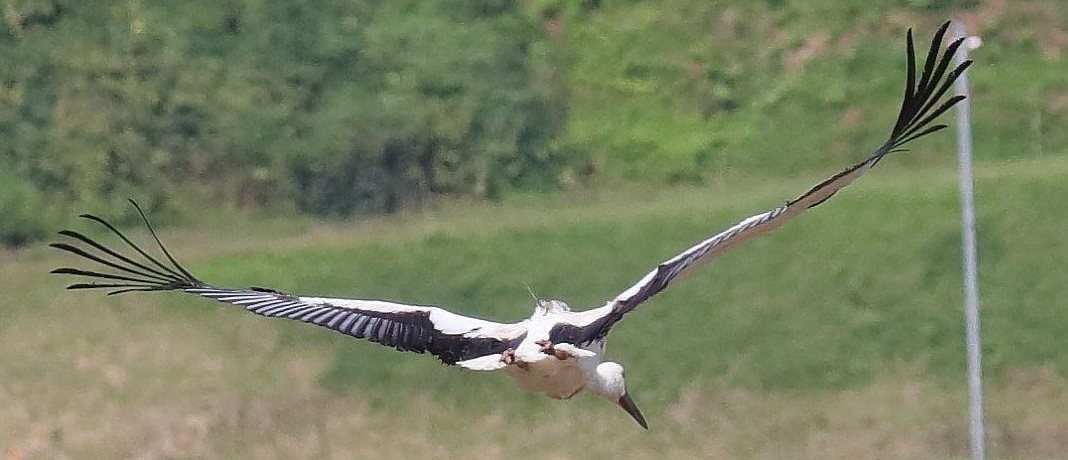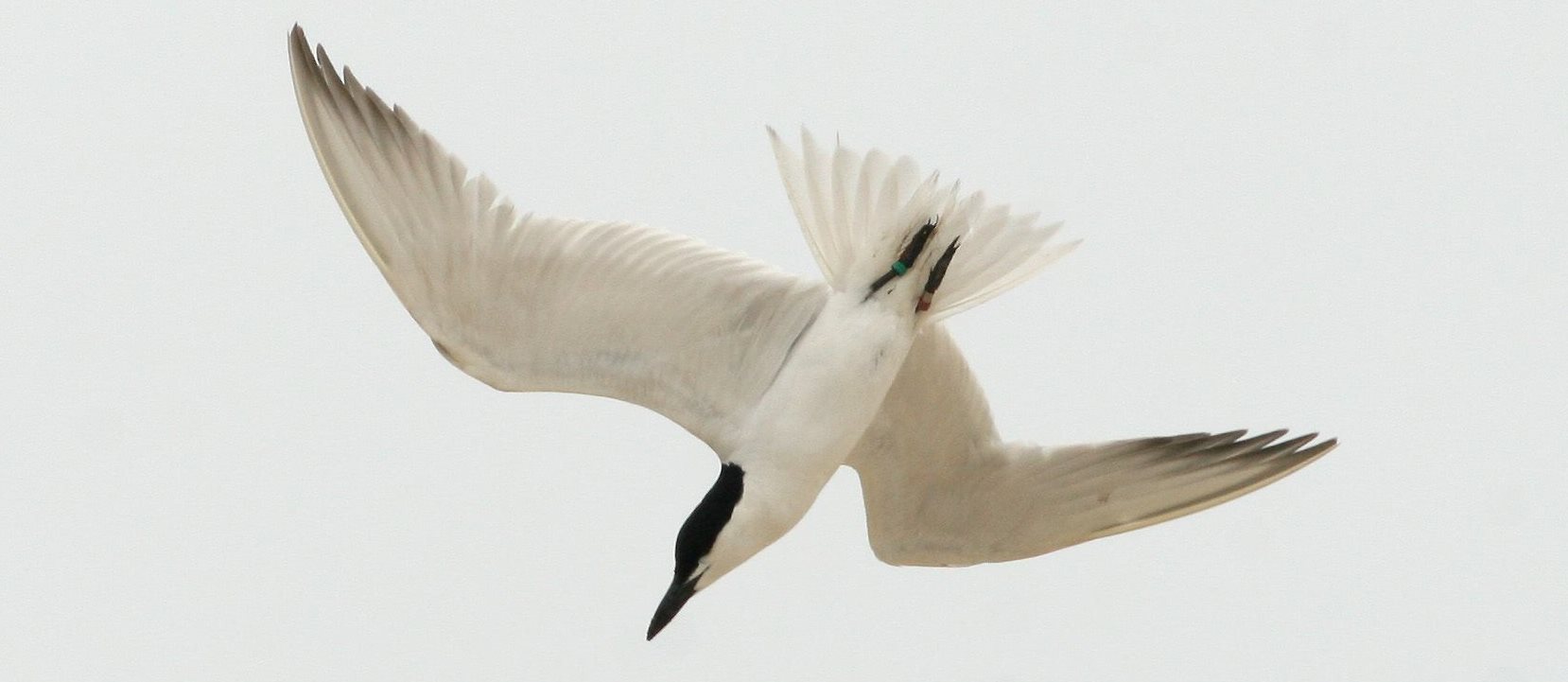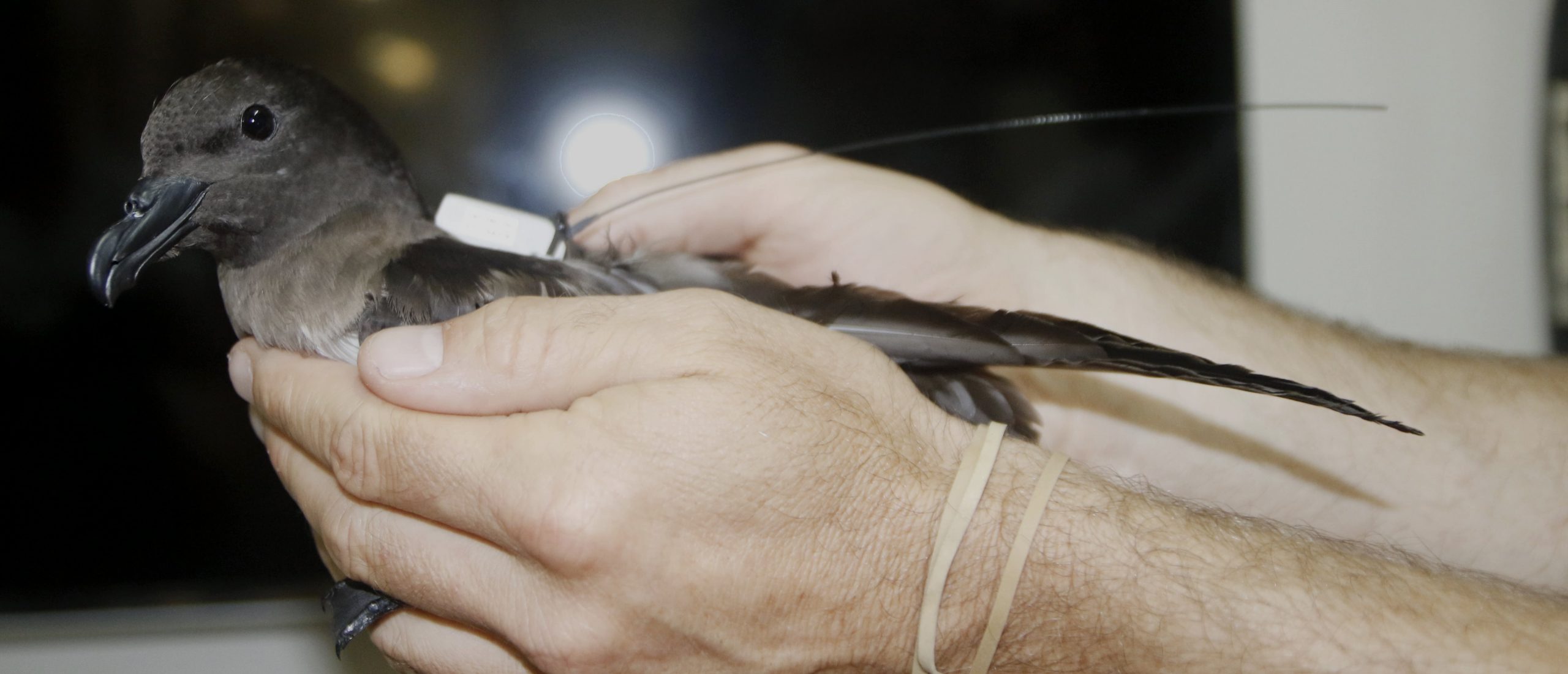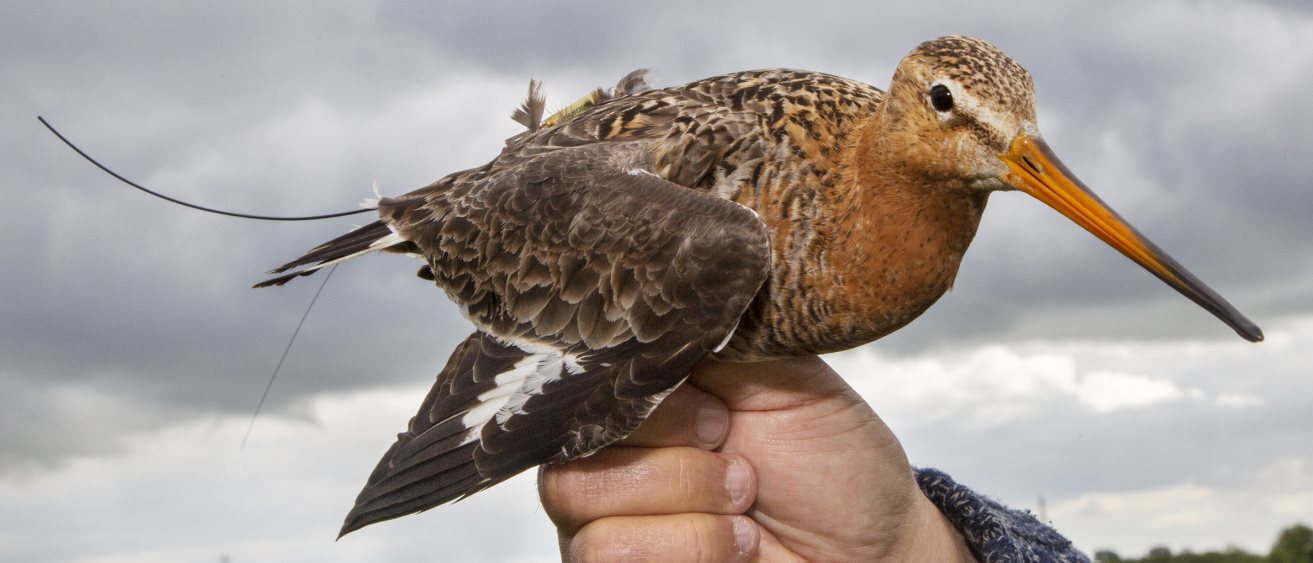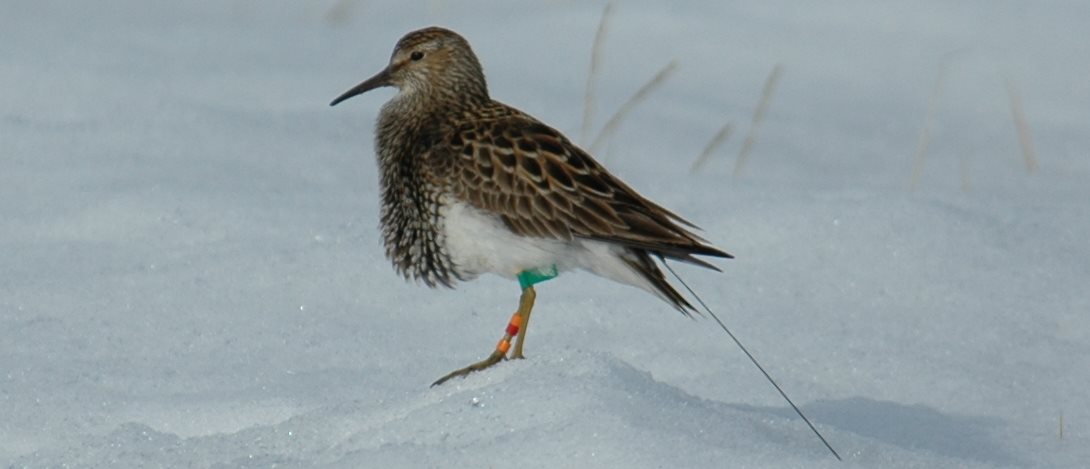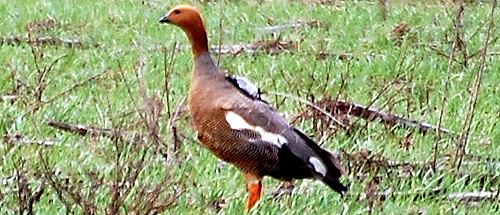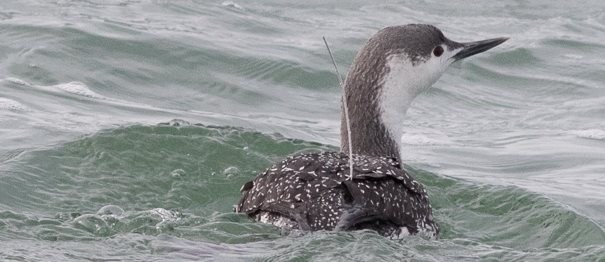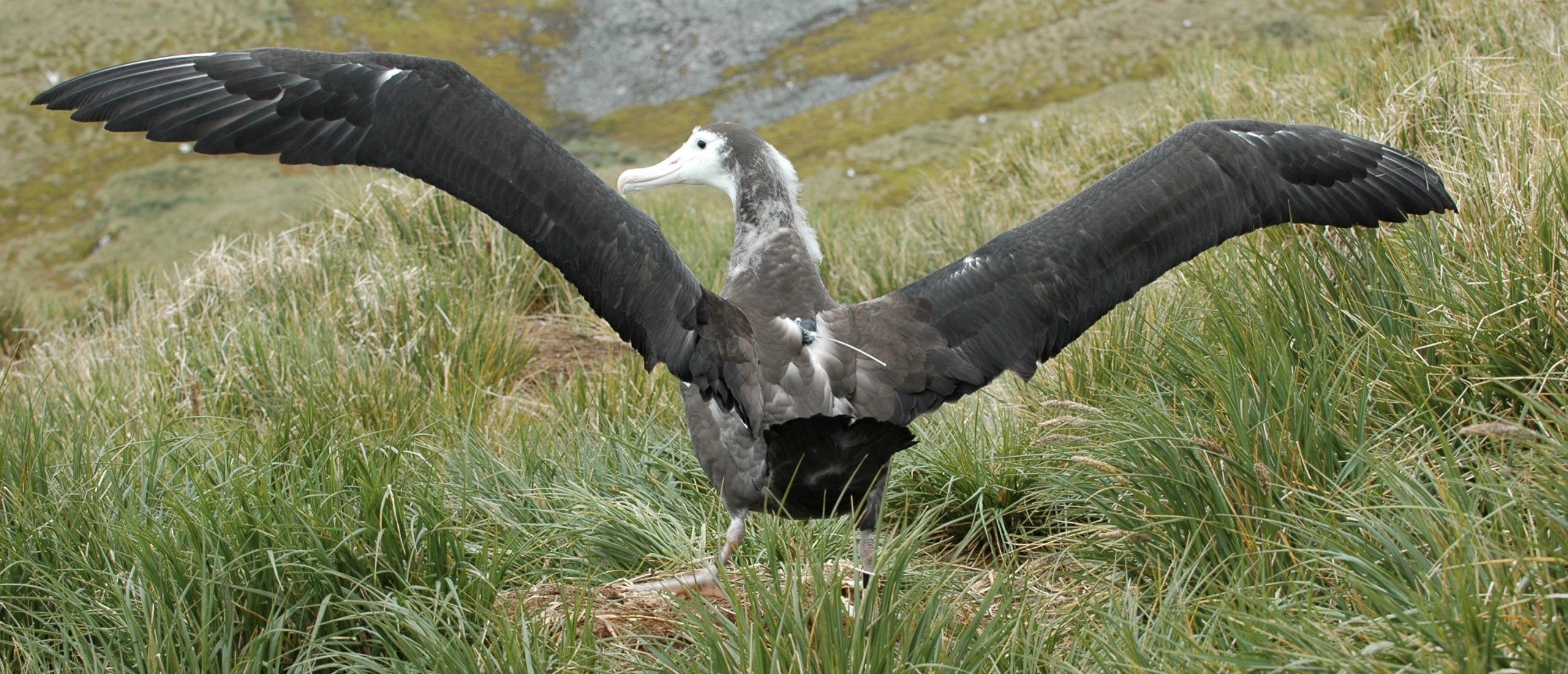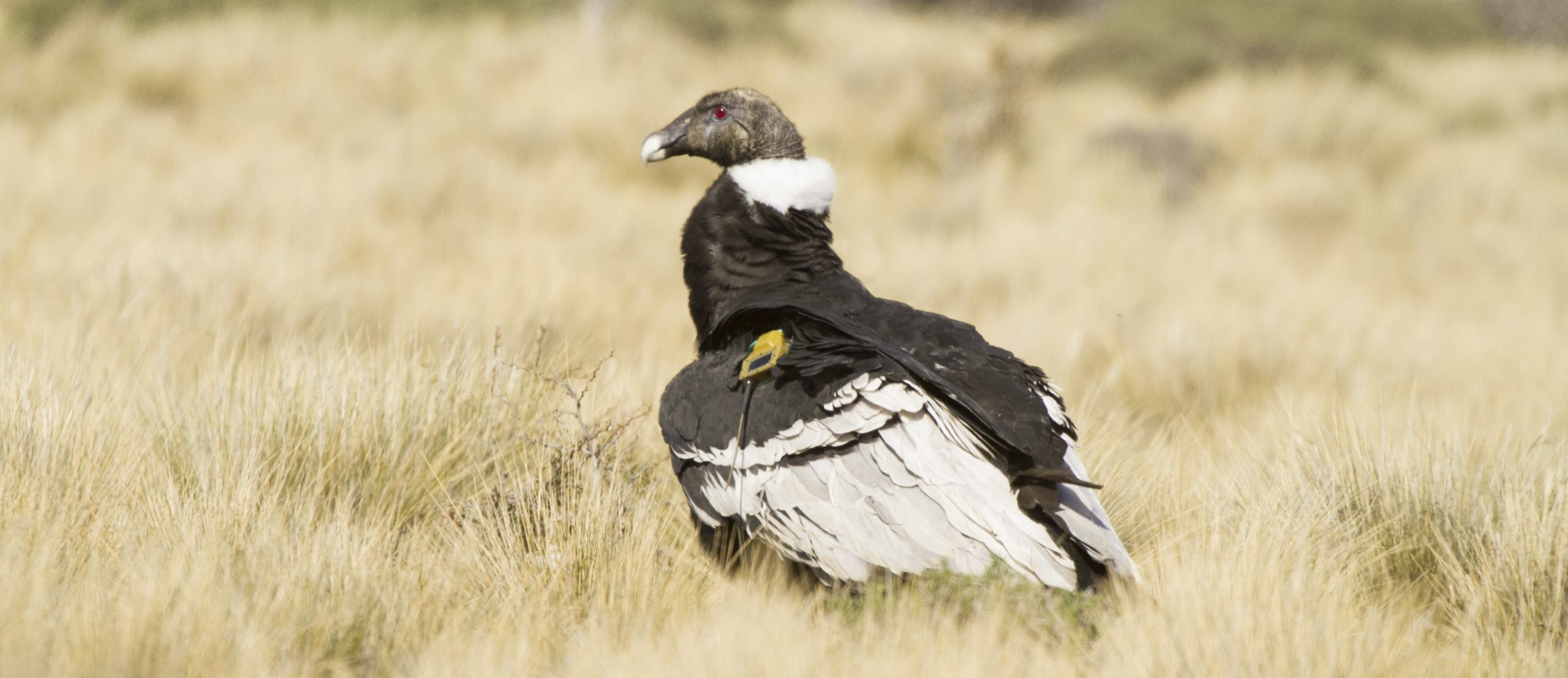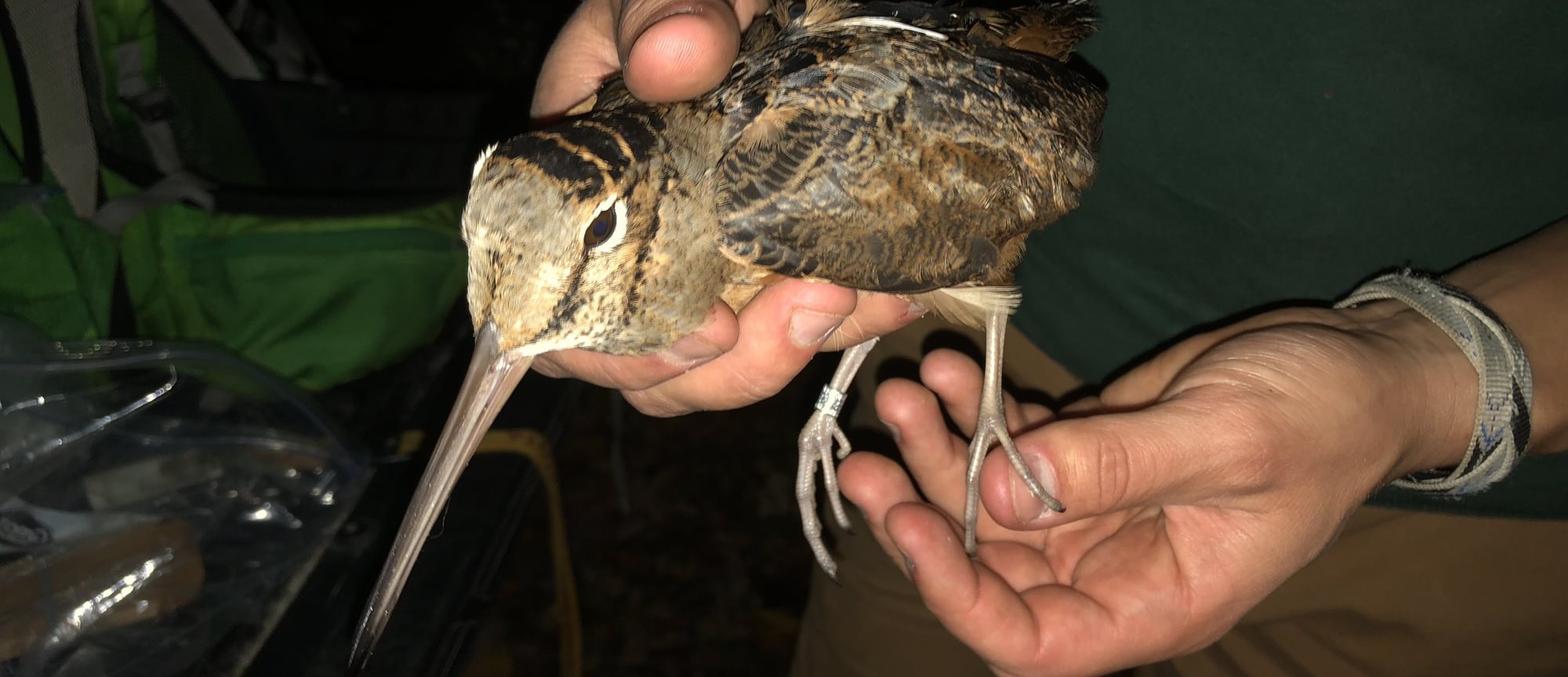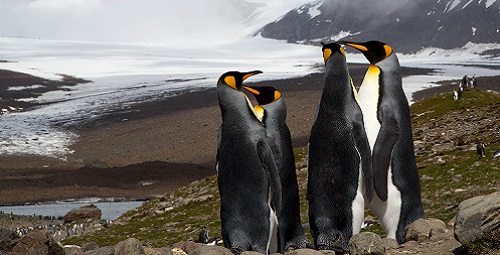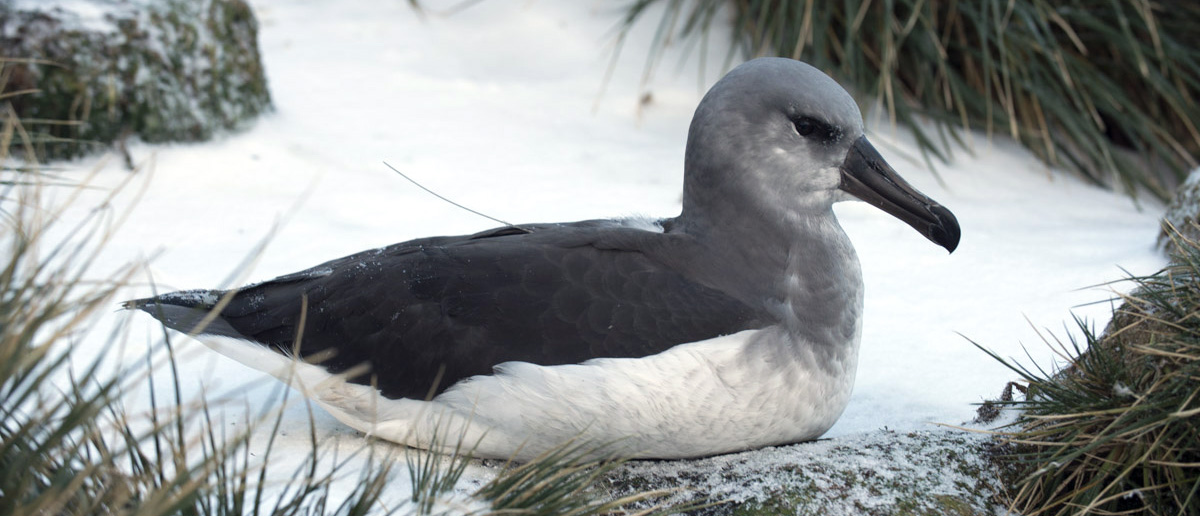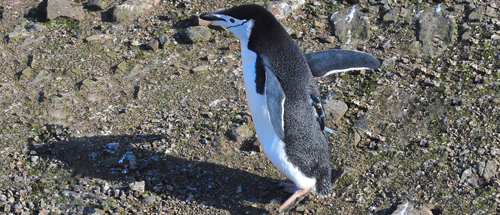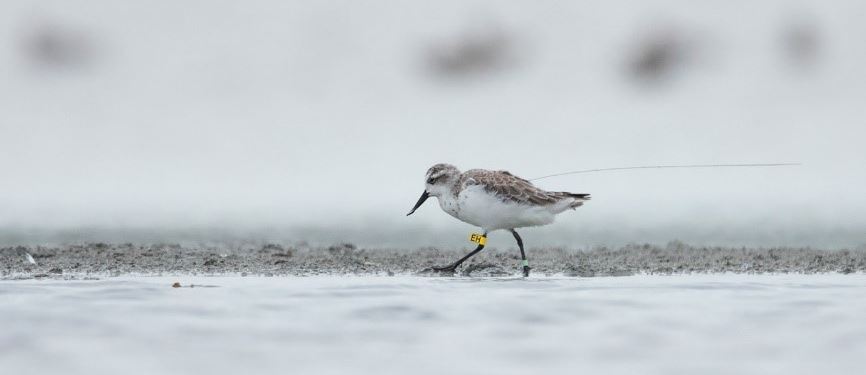Satellite Tracking Mexico’s Endangered Thick-Billed Parrot
The thick-billed parrot, a bright green bird once found in parts of the southwestern United States, now survives only in the high mountain forests of Mexico. These parrots are in trouble, fewer than...
Argos Services for Wildlife Conservation
Welcome to this edition of our wildlife newsletter. In this issue, we highlight an innovative project in Africa that harnesses satellite technology to reduce human-wildlife conflict, protecting both livestock and predators.
A Bearded Vulture Tracked for 14 years
Bearded vultures are essential to the ecosystems they inhabit. This threatened species has been monitored for a better understanding and protection in the Pyrenees mountains for about 30 years now....
Argos Solutions Are Getting a Boost
Congratulations to our Space IoT partner, Kinéis, and their launcher Rocket Lab for this evening’s successful launch! Today, the first five of a planned constellation of 25 nanosatellites are in...
New Generation of Argos Services are on Their Way With the 1st Launch of the Kineis Constellation on the 20th of June!
Kinéis, our Space IoT partner, has announced that it, along with RocketLab, will launch the first five nanosatellites carrying new generation IoT payloads for Argos Services. Due to unfavorable...
Where Do Emperor Penguins Moult in West Antarctica?
Moult is a challenging phase in the annual cycle of emperor penguins. It is a time when they must haul out of the ocean, cease eating and rely on their energy reserves whilst their feathers are...
New Generation Argos Services Live Launch
Kinéis, our Space IoT partner, along with RocketLab, is launching the first five nanosatellites carrying IoT payloads for Argos services. Due to unfavorable weather, the Kinéis launch planned for...
Red Phalaropes: Their Migratory Routes and Behaviors with Argos
Red phalaropes are migratory birds breeding in the North American continent and wintering in pelagic regions of the Atlantic and Pacific oceans from northern California to Peru/Chile. Argos helps to...
Guillemots chicks swim with their fathers in the currents
Guillemots are seabirds with an original departure from the nest. Once on the sea, they migrate with their father to autumn staging areas. Argos satellite telemetry helps in better understand this...
Using Argos to Decide Conservation Measures to Protect Andean Flamingos
Andean Flamingos are wetland birds that move between high-altitude Andean and lowland wetlands. They are the rarest of all flamingo species, and most of their life cycle is not well known. Using...
Canola, a mixed blessing for Carnaby’s cockatoos?
Carnaby's cockatoos are endangered parrots, endemic to the south-west of Western Australia. They are beginning to feed on canola crops, which might be interesting for their survival – or not. Argos...
Eagle-Owls Perching on Powerlines
Eurasian eagle-owls are the largest owl in the world, found in a large range of different environments. They usually perche on high lookout-points, electric poles included, which is a high risk for...
Debbie Stakem: A 32-Year Journey with Argos
An enhanced global system like Argos requires an enhanced global support team and, with its 30 different sites around the world, CLS is proud to have an excellent international userservices team....
Understanding Catastrophic Breeding Seasons in a Large Colony of King Penguins
King penguins breed on a few colonies spread around the Southern Ocean. Some years are more successful than others in that respect, and understanding why could help in protecting such threatened...
Montagu’s Harriers Are Itinerant During Their Wintering in Africa
Montagu's harriers are migratory raptors wintering in Africa from Europe. However, once there and as many migrant birds, they do not stay at the same place during the whole winter, but move from...
What Triggers Eurasian Teals’ Migrations?
Eurasian teals are migratory ducks. A behavioral aspect still unknown for this species is the effect of environmental cues on triggering departure for migration and departure from stopover sites...
The longest non-stop flight ever recorded for a landbird
On 11 July 2022, in the grassy tundra northwest of Nome, Alaska, biologists Jesse Conklin and Dan Ruthrauff had found a brood of Bar-tailed Godwits. They fitted each of the three small chicks with a...
Double-Crested Cormorants Nesting in a Small Reservoir
Water birds need specific environments, but may use new areas. Double-crested cormorants are now nesting in the South-East of USA, including on small reservoirs, not only in the Great Lake system....
Cuckoos’ Migration From South Korea to the South of Africa
Common cuckoos are found in Eurasia, from Europe to Korea. All over the continent, they migrate to Africa, while they parasite different birds’ nests. Tracking them using Argos helps understand the...
Eurasian Wookcocks’ Migrations to Breeding Sites
Eurasian Woodcocks are birds which migrate across Europe. Their studies have long been led using rings, but the advent of small-enough satellite telemetry emitters now enables to follow them all...
Black-Tailed Godwits Are Breeding in Areas of Intensive Agriculture
Some bird species like the black-tailed godwits are nesting on ground, in grasslands. However, across all of lowland Europe, such areas have been transformed for intensive agriculture. Tracking by...
Selecting Sites for Harpy Eagles’ Releases
Harpy Eagles are threatened birds of prey of Central and South Americas. A study show why and how releases of rehabilitated or captive-born animals should consider home range characteristics and...
Common Woodpigeons Keep Their Breeding Sites, Change Their Wintering Ones
Tracking animals help in understanding their behaviour, which can benefit to their protection, even for abundant species such as the common woodpigeons. Their behavioral plasticity, demonstrated by...
Hudsonian Godwits Cross the Windy Ocean
The Hudsonian godwit is a migratory bird travelling a marathon, transoceanic flight from South America to Arctic or sub-Arctic North America. Their flight paths tracked using Argos, in relation with...
Philippine Eagles Forage in Human Fragmented Forests
Protecting critically endangered species aims to better assess where and when the main threats to these species occurs. Using satellite telemetry technology, Philippine eagles were tracked to define...
Identifying Reddish Egrets Stopover Sites to Protect Their Migrations
Migratory birds, especially those which depend on coastal wetland habitats, are among the threatened animals. Identifying the key sites in their life cycle, including the stopovers used during...
Juvenile Grey-Headed Albatrosses Learn to Decode Their Environment
Uncovering how young animals learn to move efficiently and find food, is one of the many possible uses of satellite telemetry. Here, researchers from British Antarctic Survey satellite-tracked...
How Do Egyptian Geese Find Their Way?
One of the mysteries of migrant animals is their ability to find their way back and forth during their long-range travels. Several hypothesis were tested on Egyptian geese to try to understand their...
Red Kites Wintering in Spain
Red kites are medium-sized partially migratory raptor. They often winter in Spain, but their behaviour there and during those non-breeding periods have not been extensively studied using satellite...
A new king penguin colony in Magellan Strait?
King penguins are living around Antarctica, breeding on some of the sub-Antarctic islands. A new colony seems to have been established in Magellan strait, showing the high plasticity of the species....
Juveniles black-tailed godwit tracked
Tracking a European shorebird called the Black-tailed godwit (Limosa l. limosa) has previously revealed that different populations of godwits have different migratory behaviours (see Black-tailed...
The Hong Kong Bird Watching Society shares their experience with Argos to help understand migration routes and stopover sites of the Great Knot
The Great Knot is an endangered shorebird and a long-distance migrant. Its activity was found to be mainly along the coast and was suspected to have few stopovers; while juveniles were recorded...
Full annual cycle tracking helps to explain differences in population trends of far eastern curlew
The far eastern curlew is a large shorebird, migrating between Australia and far-east Asia. Some of its populations are more endangered than others. Understanding why this might be is helped by...
Tracking Blue-Winged Teals, an Avian Influenza Host
Wild migratory waterfowl such as blue-winged teals are known host of avian influenza. They can contaminate poultry which in turn develop highly contagious poultry diseases, some rare times affecting...
Chinese and Japanese sparrowhawks fly over the East-Asian continent
Chinese and Japanese sparrowhawks are migratory raptors from East Asia. They migrate from Russia and China to Indonesia and other islands nearby. Understanding their migration routes, stopover sites...
Tracking Juvenile Northern Gannets: Post-Fledging Movements and Migration Journeys
Juvenile northern gannets fledge independently from their parents. They are therefore required to learn flight and foraging skills and make an autumn migration on their own. Mortality in seabirds is...
Whimbrels Crossing Tropical Storms With Argos PTTs
Whimbrels migrate at the peak of the hurricane season, crossing the Atlantic. Different populations of this American shorebirds have different strategies to deal with tropical storms. However, they...
Argos Telemetry Collars Allow Scientists to Track Macaw Movement Patterns and Advocate for Expanded Protection
Macaws are living in the wild – they are not “only” pets. Tracking Scarlet and Blue-and-Yellow Macaw with Argos enables to demonstrate that they move between protected and non-protected areas....
Light-Bellied Brent Geese Migrate Non-Stop Across the Open-Ocean
Wild geese are among the most famous migratory birds – stars of fiction and documentaries. However, there are a number of different species, the Light-bellied Brent Geese among them. They don’t have...
[WEBINAR] Argos Bird Telemetry: User Community Stopover
Registrations are now closed. This webinar was an opportunity to bring the community (virtually) back together while sharing some great research. Thank you to everyone who participated. You can...
Albatrosses Detect Illegal Fishing Boats
Albatrosses tend to be attracted by fishing boats, which is one of the main threats on the species. The bycatch risk is usually assessed by comparing albatrosses’ and (legal) boats locations....
Common Nighthawk Populations Do Not Stay Apart During Migrations
The common nighthawk is an American migratory bird, traveling long distances between North America and Tropical South America. For their conservation and understanding, biologists study if their...
Argos Helps in Revealing How Juvenile Emperor Penguins Learn to Feed
Emperor penguins and their young are emblematic of Antarctica. Argos satellite telemetry enabled to track the adults quite early. Now the scientists are looking at how the juveniles are learning to...
How Male Antarctic Fur Seals Compete With Fisheries and Penguins for Krill
Krill is at the base of the food-chain near Antarctica. It is also fished, with regulations enforced in regions where endangered species are also feeding on it. However, other species can also...
Modelling Amazonian Black Skimmers Habitat Use
The Amazon Rainforest is hard to reach, but home to a large number of species. Birds like the Amazonian black skimmers live apart of their life there, but move around a lot. Argos satellite...
Restoring Rice Paddies to Help Oriental White Stork Reintroduction Success in Japan
Considering the suitability of the environment is the key to successfully reintroduce a species in an habitat where it disappeared. Oriental white stork disappeared from Japan fifty years ago. The...
Gull-Billed Terns Keep Their Migration Route and Winter Sites from Year-to-Year
Migratory birds may keep the same routes and the same nesting and wintering sites from year to year. Such species may be all the more fragile if environmental changes occur. Argos satellite...
Unveiling the Mysteries of a Scarcely Known Seabird, the Beck’s Petrel
Some species can be mostly unknown even nowadays. Beck’s petrel, a seabird living around Papua-New Guinea island is among them. Understanding where they breed, live can enable to protect them. Argos...
[WEBINAR] Animal Tracking: The Future of Wildlife Telemetry is Coming
Since 1978, the Argos Data Collection System has served the international wildlife community. With the Kinéis constellation carrying onboard Argos-4 instruments, the metamorphosis of ARGOS is...
Black-Tailed Godwits’ Different Migration Behaviours
Migratory birds from a given species are frequently observed to follow the same routes, and do so every year. Tracking different populations with Argos satellite telemetry shows a very different...
Winds Influence Where Male Pectoral Sandpipers Will Try and Breed
Some migratory birds change their breeding sites every year, or even several times in a season. Pectoral sandpipers are among them, and understanding their breeding behaviour thanks to Argos...
Ruddy-Headed Geese, Endangered Sheldgeese on South American Continent
Ruddy-headed goose is considered regionally endangered in Argentina and Chile, since recent estimates indicate that population size is less than 800 individuals. Ruddy-headed geese were tracked back...
Red-Throated Divers Move Away from Offshore Wind Farms
Argos can help in evaluating overlaps of human activities and protected aquatic bird habitats. With that information, the planning of new infrastructures such as offshore wind farms can take species...
Argos Helps in Assessing Fisheries Bycatch Rrisks to Seabirds
After more than thirty years of Argos satellite telemetry, the extensive datasets that have accumulated can be used in diverse, large-scale studies. Incidental mortality (bycatch) in fisheries...
Conservation Priority Areas for the Andean Condor
Satellite telemetry enables to identify preferred habitats of the Andean condor, depending on their functions. Conservation priority areas for this scavenger bird can thus be better determined. The...
American Woodcock are Tracked Using Argos Satellite Telemetry
American woodcock are tracked using Argos satellite telemetry by the Eastern Woodcock Migration Research Cooperative. Those migratory birds, travel nocturnally along the Eastern and central part of...
5 Key Figures for World Penguins’ Day
On April 25th, 2020, we celebrate World Penguin Day. There are 18 species of penguins worldwide, living almost exclusively in the Southern Hemisphere. From the noble Emperor penguin to the smaller,...
Tracking of Juvenile Grey-Headed Albatrosses
Albatrosses are iconic seabirds of the Southern Ocean. Argos satellite telemetry has greatly increased knowledge of the at-sea distribution and behaviour of adults, and contributed to initiatives...
Chinstrap Penguins are Spreading a Long Way Around Antarctica
Chinstrap penguins live around Antarctica. To understand better the precise reasons why their population is slowly declining, researchers from the Antarctic Ecosystem Research Division of NOAA...
Spoon-Billed Sandpipers, Long-Range Travellers
Spoon-billed sandpiper are small shorebirds migrating long distances from Russia to the south of China, mostly along the coasts. Argos telemetry is helping to answer questions about those migrations...


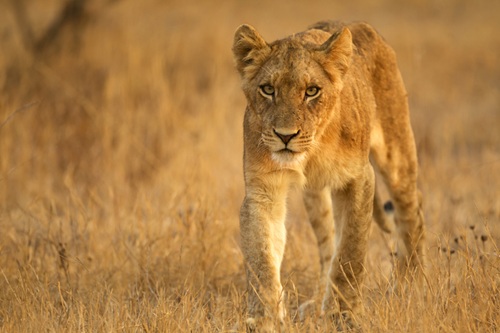
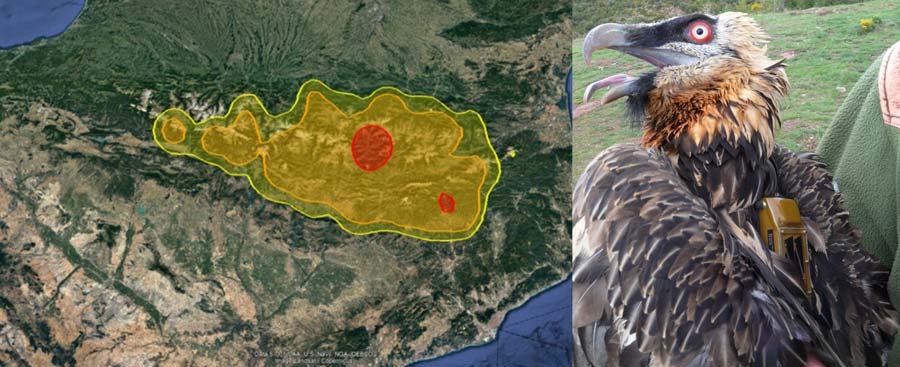


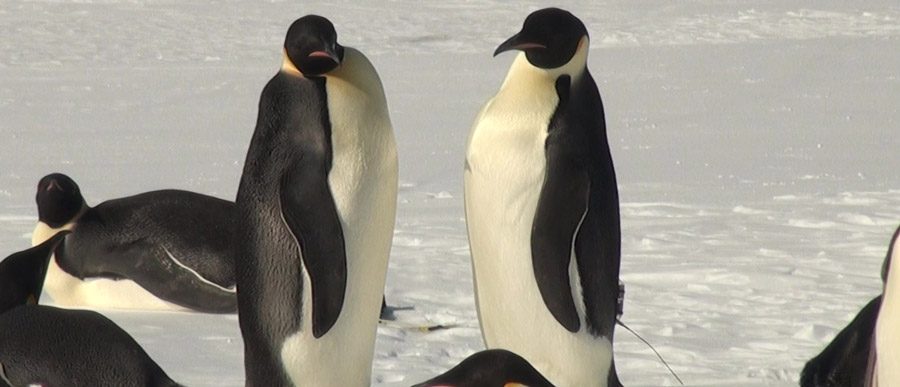

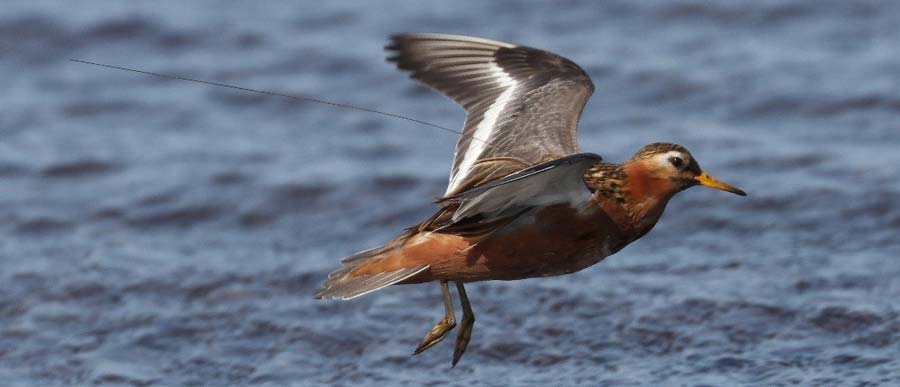
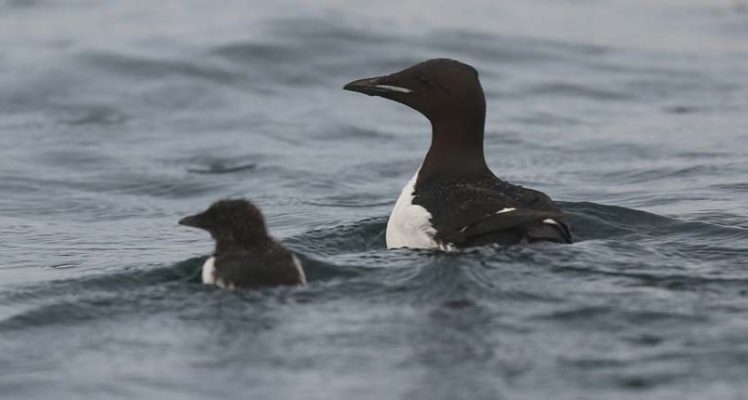
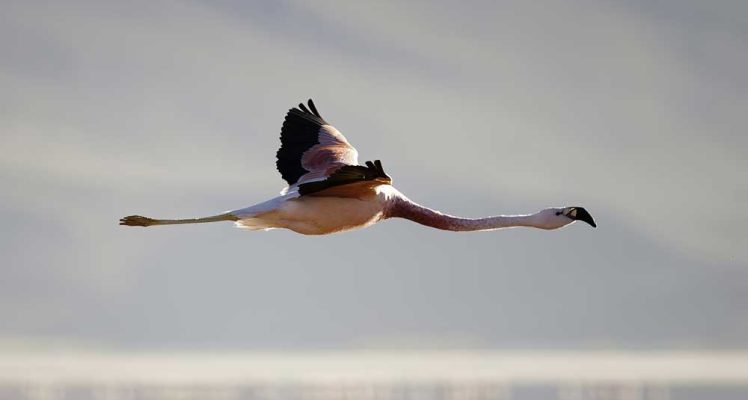
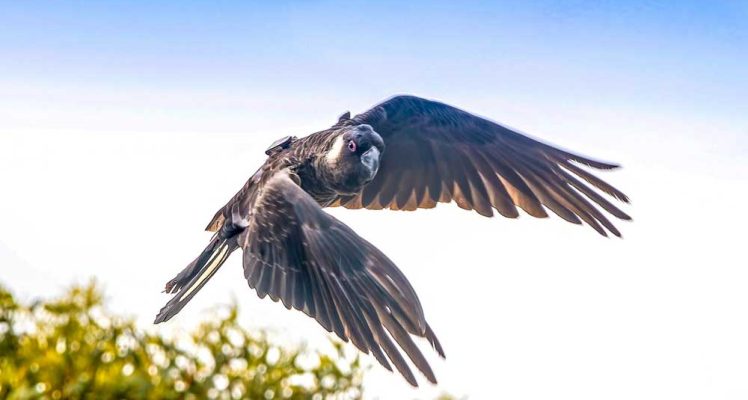
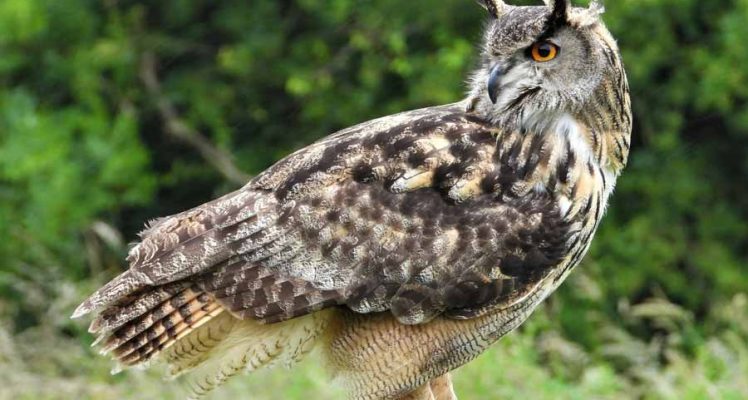

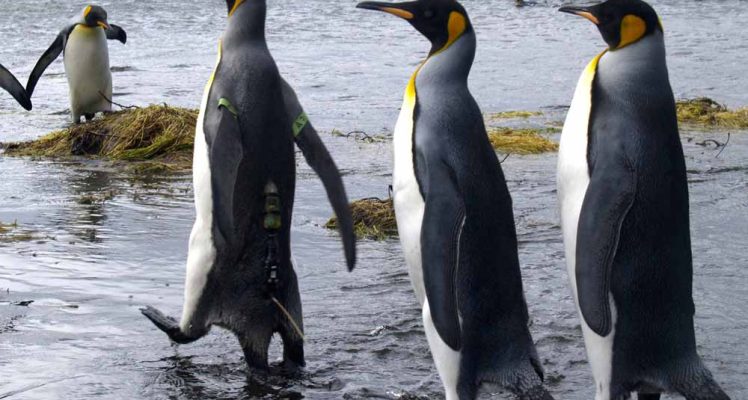
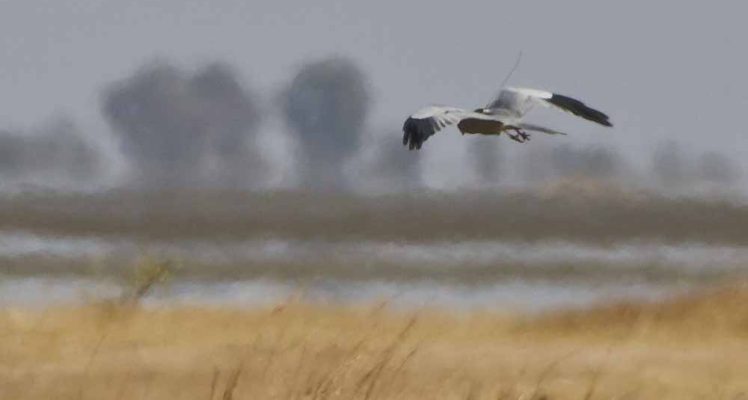
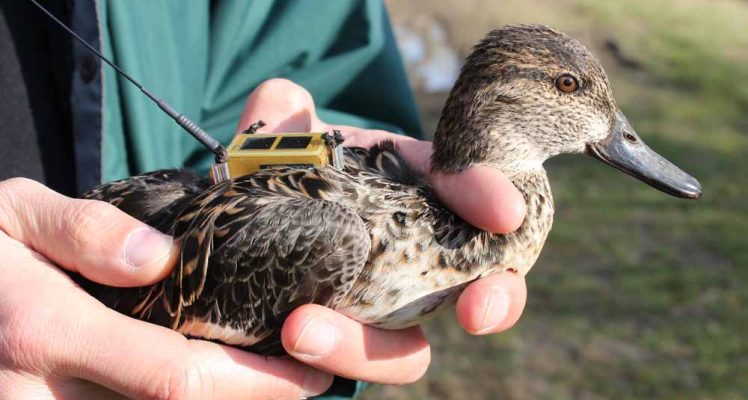
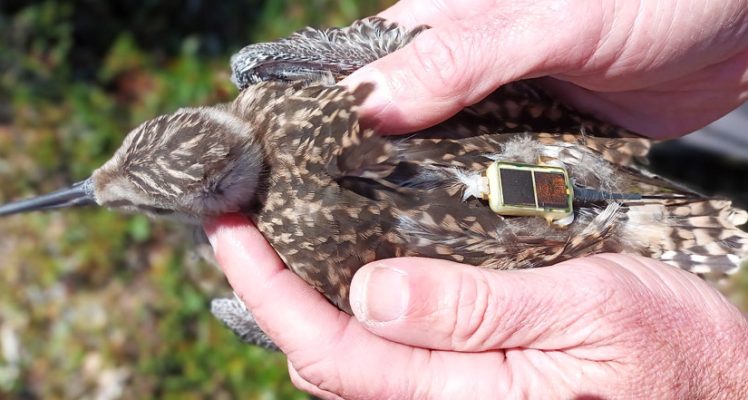
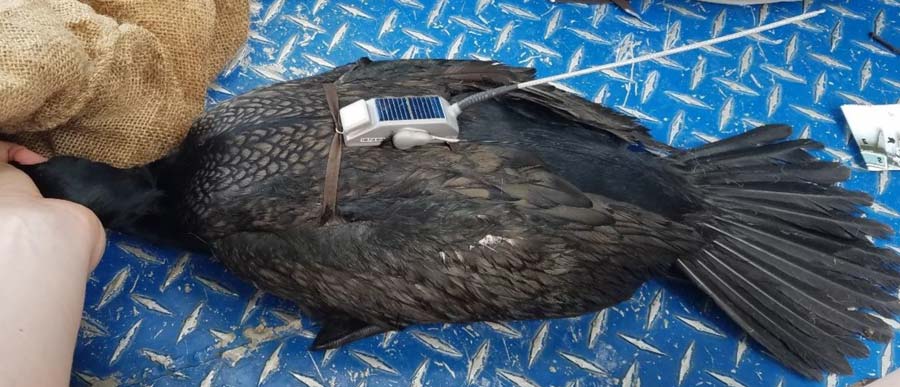
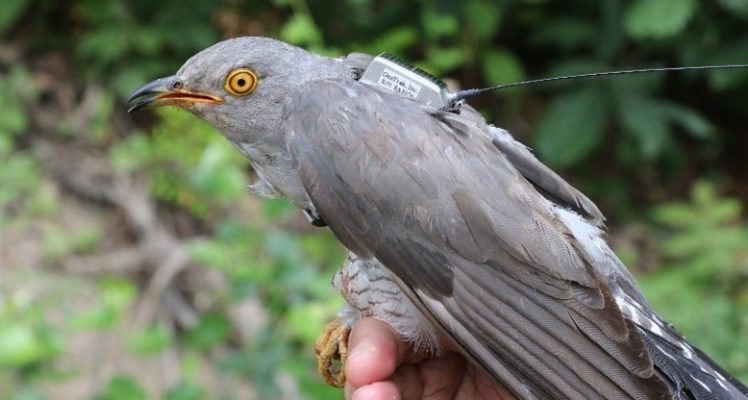
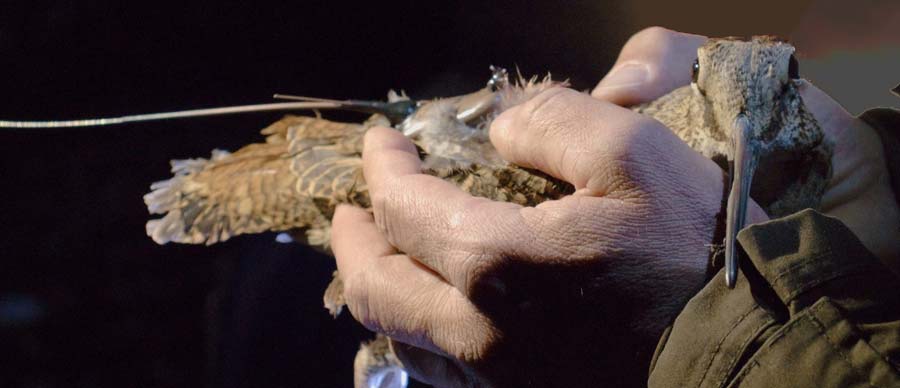
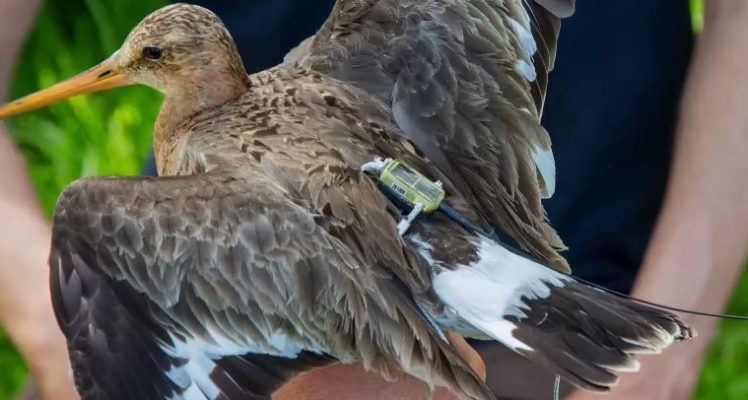
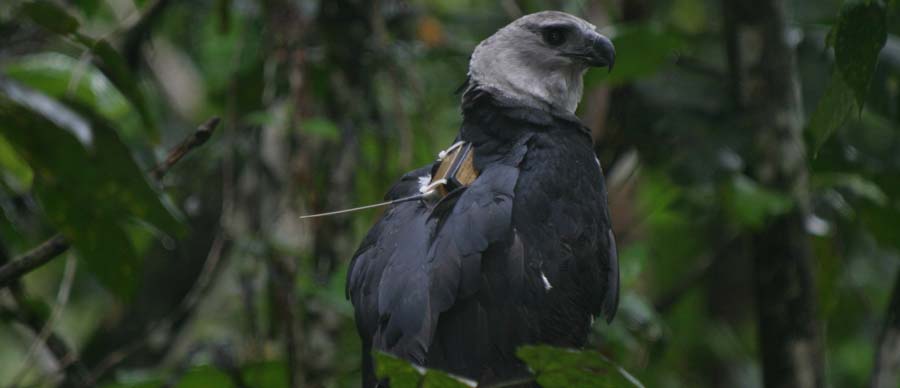
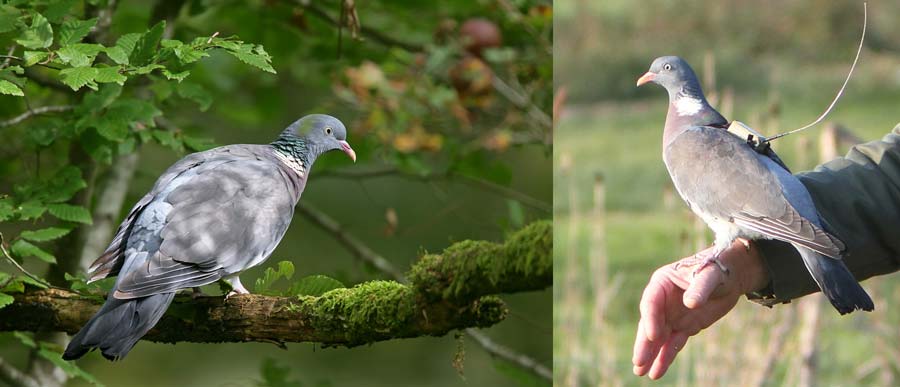
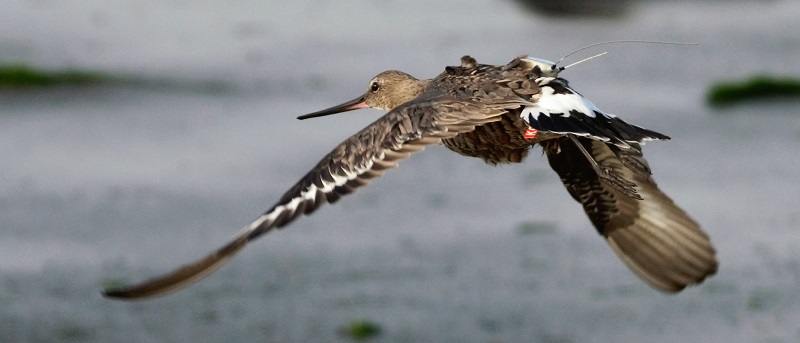
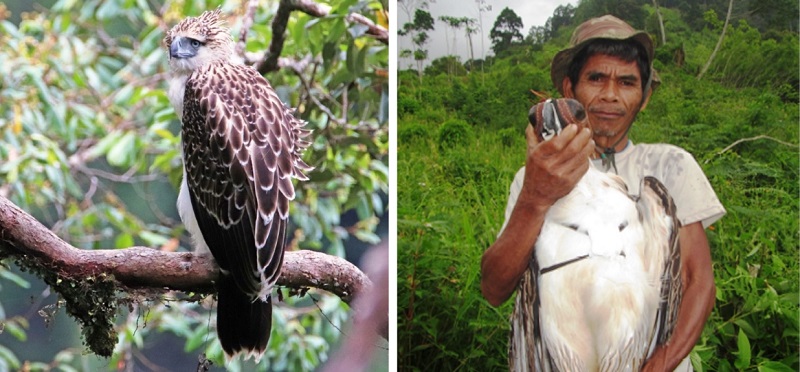
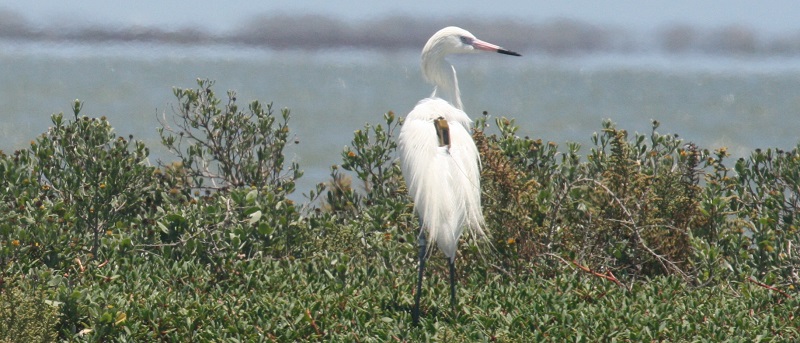
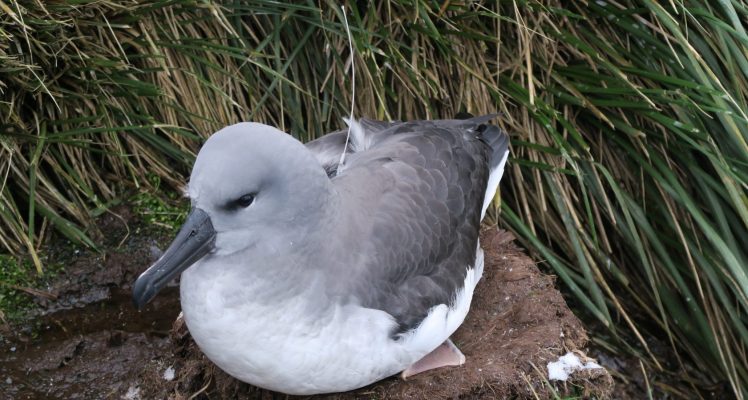
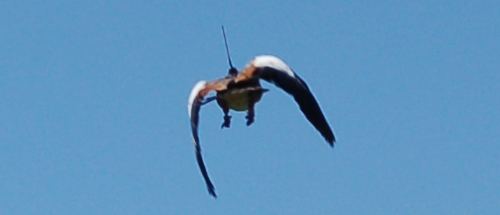
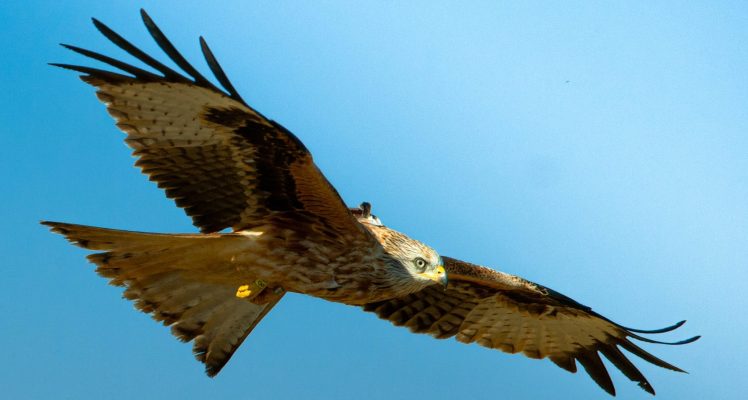
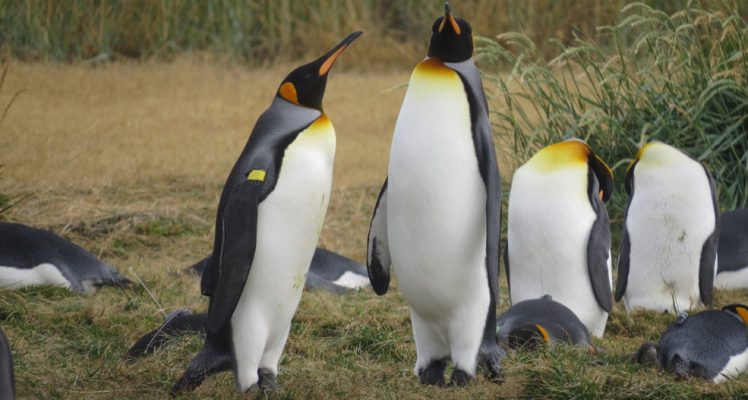
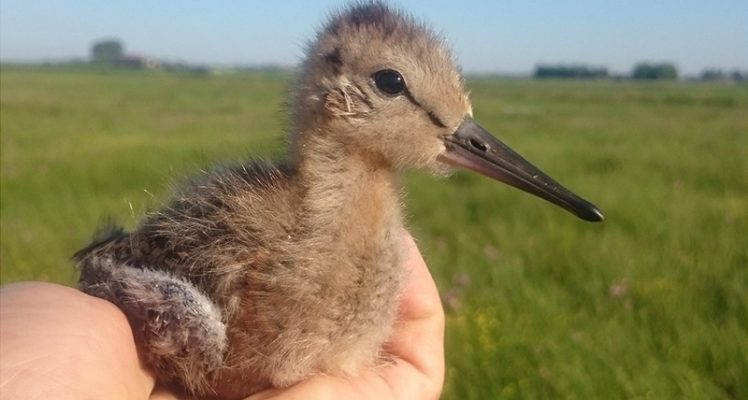
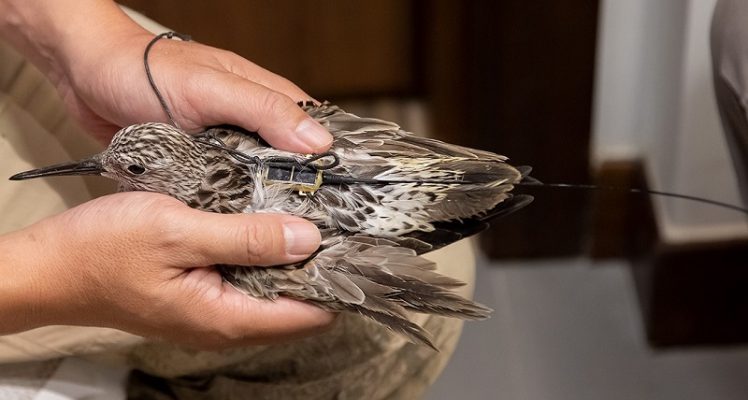
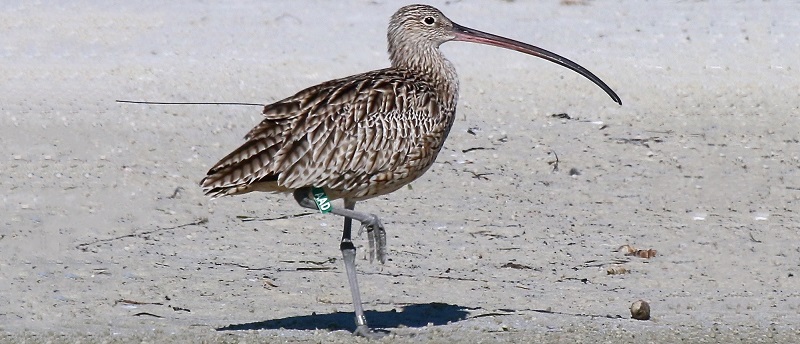
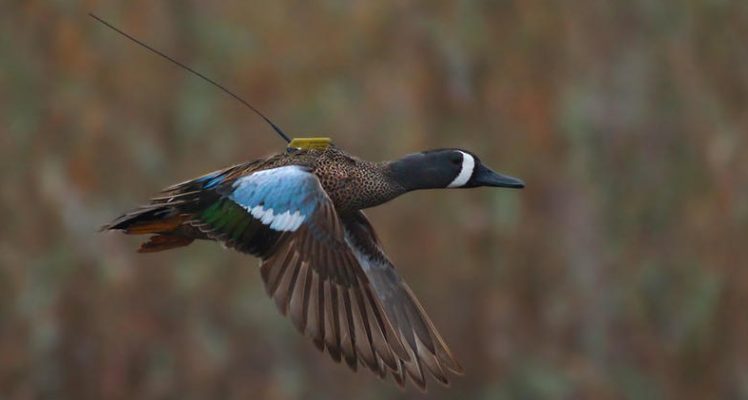
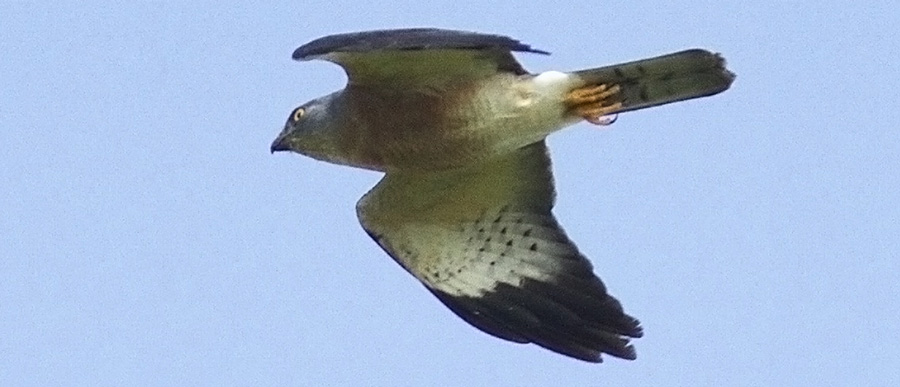
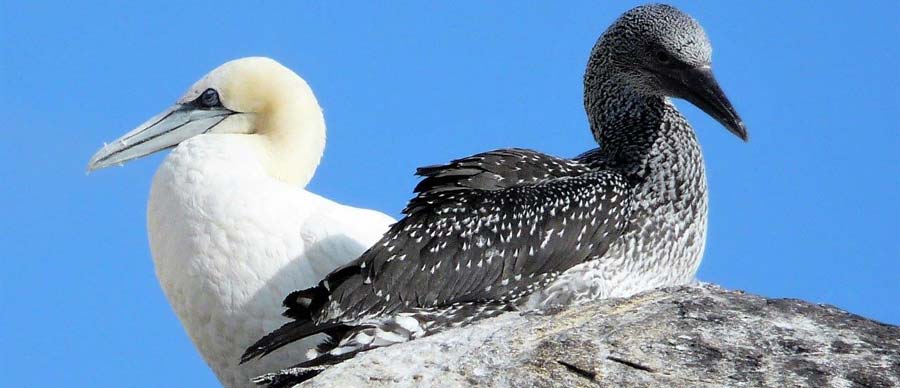
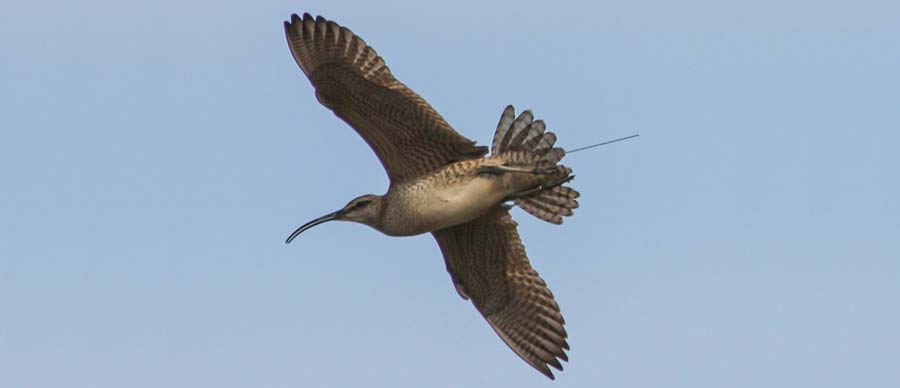
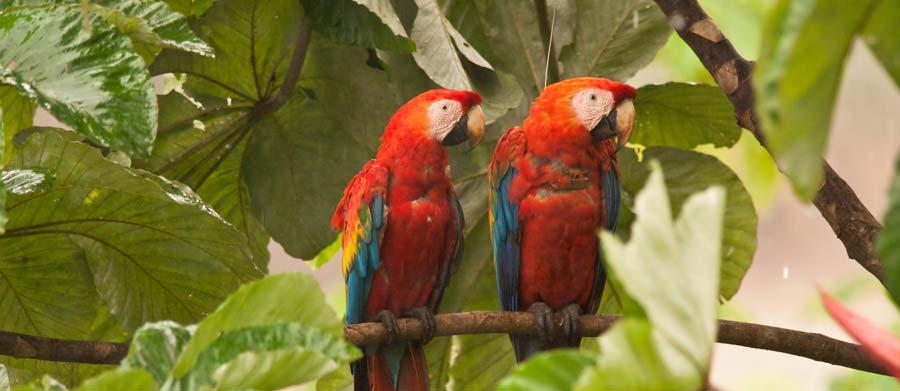
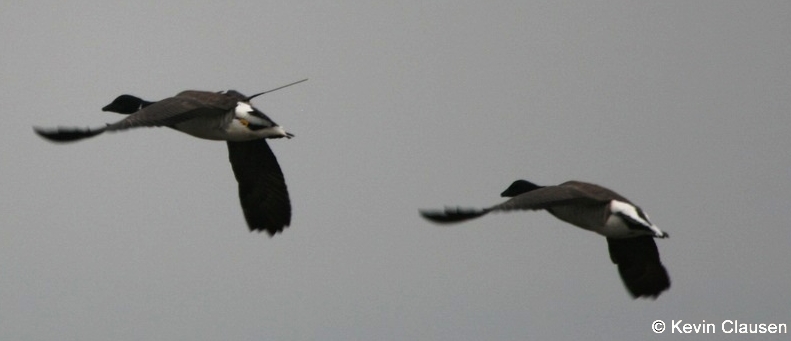
![[WEBINAR] Argos Bird Telemetry: User Community Stopover](https://www.argos-system.org/wp-content/uploads/2022/02/Argos-birds-webinar.jpg)
